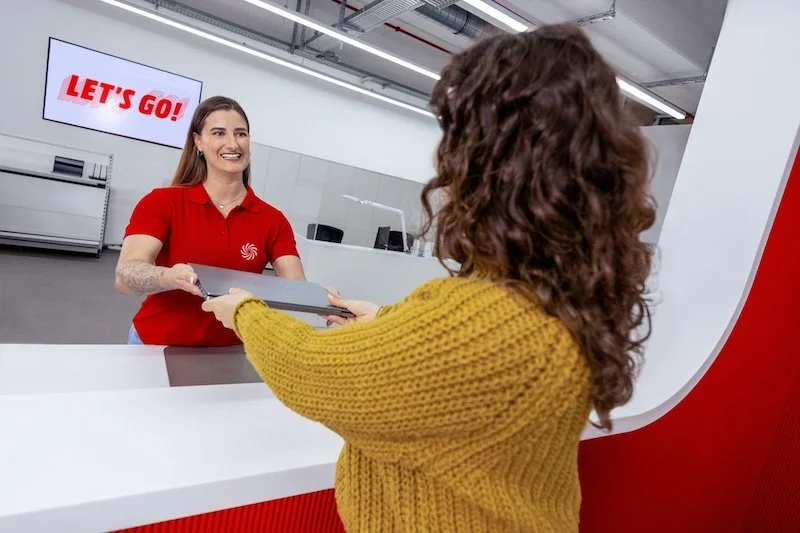The reasons why retail will continue to switch between both online and offline worlds
The retail sector has undergone some tremendous changes since the start of this century, but it would be wrong to think that it has simply been a one way street with brands online moving from offline retail to the online model. Instead, the blurring of the lines between online and offline retail has become one of the most important factors for the following reasons.
The possibility of diversifying online
While physical retail locations are limited in terms of what they can offer by the space they have, going online provides the opportunity to introduce a bigger range of products.
This can also allow a retailer to expand their existing range with less risk and even move into completely new areas they wouldn’t have tried otherwise. We can see examples in fashion, furniture, and supermarkets, as they can all offer online visitors an easy way to find a huge collection of items that might interest them.
A great example can be seen with the selection of Paddy Power Bingo games now available online. From classic 90-ball and 75-ball versions to themed games based on Deal or No Deal and Rainbow Riches, there are now many ways to play this game conveniently. By adding in alternative games like slots and Slingo, they’ve shown that it’s possible to grow a bingo brand in new ways too.
Attracting new customers and new ways of growing offline
One of the most interesting news stories in recent times confirmed that Netflix is looking to open its first permanent, physical locations. With two undisclosed sites in the US planned for 2025, you might wonder what use these places could be to a business that has operated purely online to date.
The answer is that they’re expected to sell food, drink, and merchandise as well as have immersive displays based on their biggest hits, potentially opening up the brand to new customers as well as increasing the engagement of existing users.
Eyebrows were raised in 2017 when Amazon announced that its Fresh delivery service was going to be transformed into a series of physical stores. They then made the Fresh service into a chain of cashier-free stores in 2020.
They also set up the Amazon Go stores in 2018 and now have over 40 of these physical locations in major cities, although some Amazon Go locations closed in 2023. There are various reasons why they’ve experimented with this approach but it’s clearly had mixed results and Amazon still makes the vast majority of its profits online.
New technology will keep on helping
New technology promises to make it easier to continue switching between online and offline locations. The likes of artificial intelligence, virtual reality, and augmented reality are increasingly blending our realities.
This could lead to a situation in which we get a similar experience from the same brand regardless of whether we shop online or offline, meaning that the method we choose is simply a question of personal preference.
Expect to see a variety of businesses switching between online and offline models in the next few years, as they look for ways to make it easier for customers to find their services and use them in any way they want to.
















Continue reading…